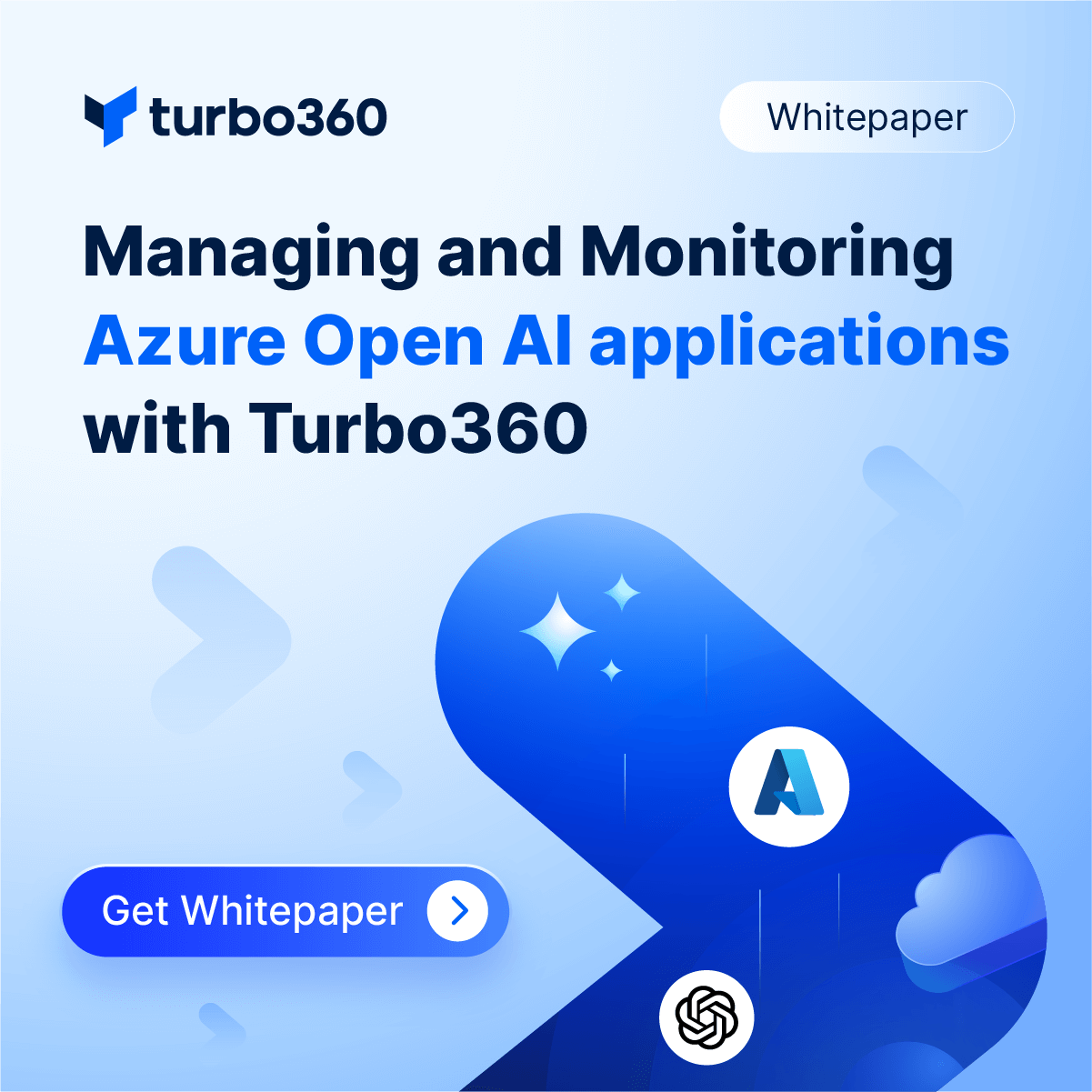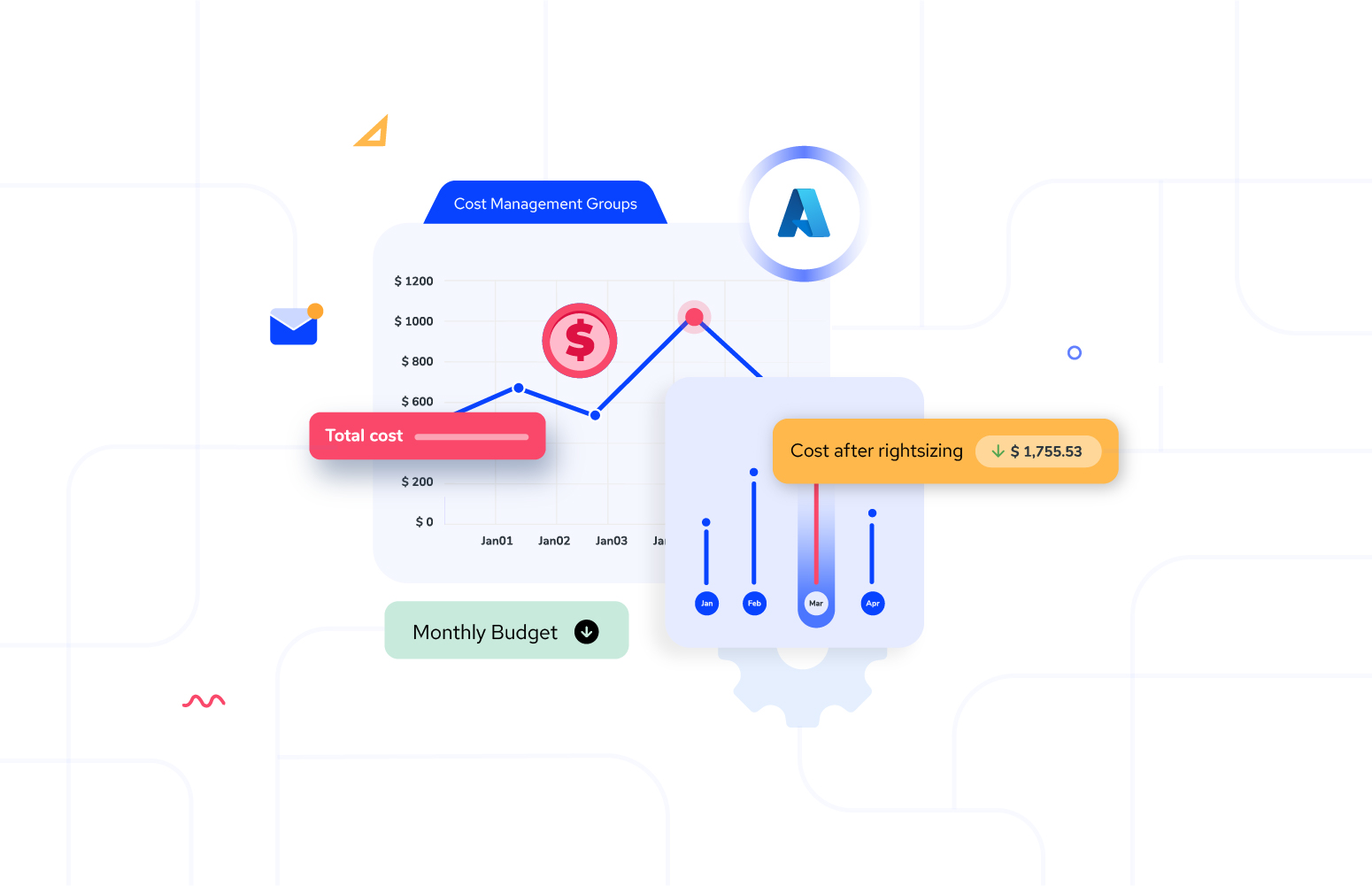Azure, Microsoft’s cloud platform, has become an essential part of modern businesses, offering a vast array of services and resources. However, effective cost management in Azure is crucial to avoid unexpected expenses and optimize spending.
While Azure provides its native tools for cost management, several third-party solutions offer advanced features and capabilities to help you make the most of your Azure resources. This blog will explore the top 24 Azure cost management tools.
Why do we need an Azure Cost Management tool?
Keeping cloud costs under control is essential for any organization using Azure. As cloud resources scale up and down, expenses can easily spiral out of control, often going way over budget if no one’s keeping an eye on things.
That’s where Azure Cost Management tools come in—they help teams track, analyze, and manage spending to avoid those surprise bills. By giving insights into how resources are used and projecting future costs, these tools enable businesses to make smart financial choices, allocate resources efficiently, and ensure that cloud spending aligns with overall goals.
Benefits of using Azure Cost Management Tools
Azure cost management tools provide a multitude of benefits for organizations using Microsoft Azure as their cloud platform.
Transparency
Azure Cost Management tools offer transparency, giving businesses clear visibility into their cloud spending. This transparency allows for informed decision-making, helping organizations allocate resources more efficiently and prevent budget overruns.
Cost Optimization
It enables cost optimization by recommending resource rightsizing, reserving instance utilization, and identifying underutilized assets. This optimization can lead to substantial cost savings.
Budgeting and forecasting
Azure cost management tool supports budgeting and forecasting, allowing organizations to plan their cloud expenses accurately.
Governance and compliance
They aid in enforcing governance and compliance policies, ensuring that cloud resources adhere to security and compliance standards.
Overall, Azure cost management tools empower organizations to maximize the value of their Azure investments while maintaining control over their cloud expenditures.
This is because the Azure cost management tools provide many practical cost benefits. These provide visibility into the cost of departments, teams and projects and helps you see where your money is being spent. With this transparency, each department can be responsible for managing its own costs.
Also, the tools should let you configure warnings and alerts to avoid overspending. In addition, they recommend cost-cutting actions, such as right-sizing unused resources and maximizing the Reservation capacity. This can lead to significant benefits. In summary, these tools help you control daily costs and make business decisions strategically.
Key Features of an Azure Cost Management Tools
These tools come with budget tracking, cost analysis, optimization tips, forecasting, and detailed spending breakdowns across teams. All of this makes it much easier to keep costs under control and optimize your cloud resources effectively.
24 Best Azure Cost Management Tools
1. Turbo360 (Serverless360)
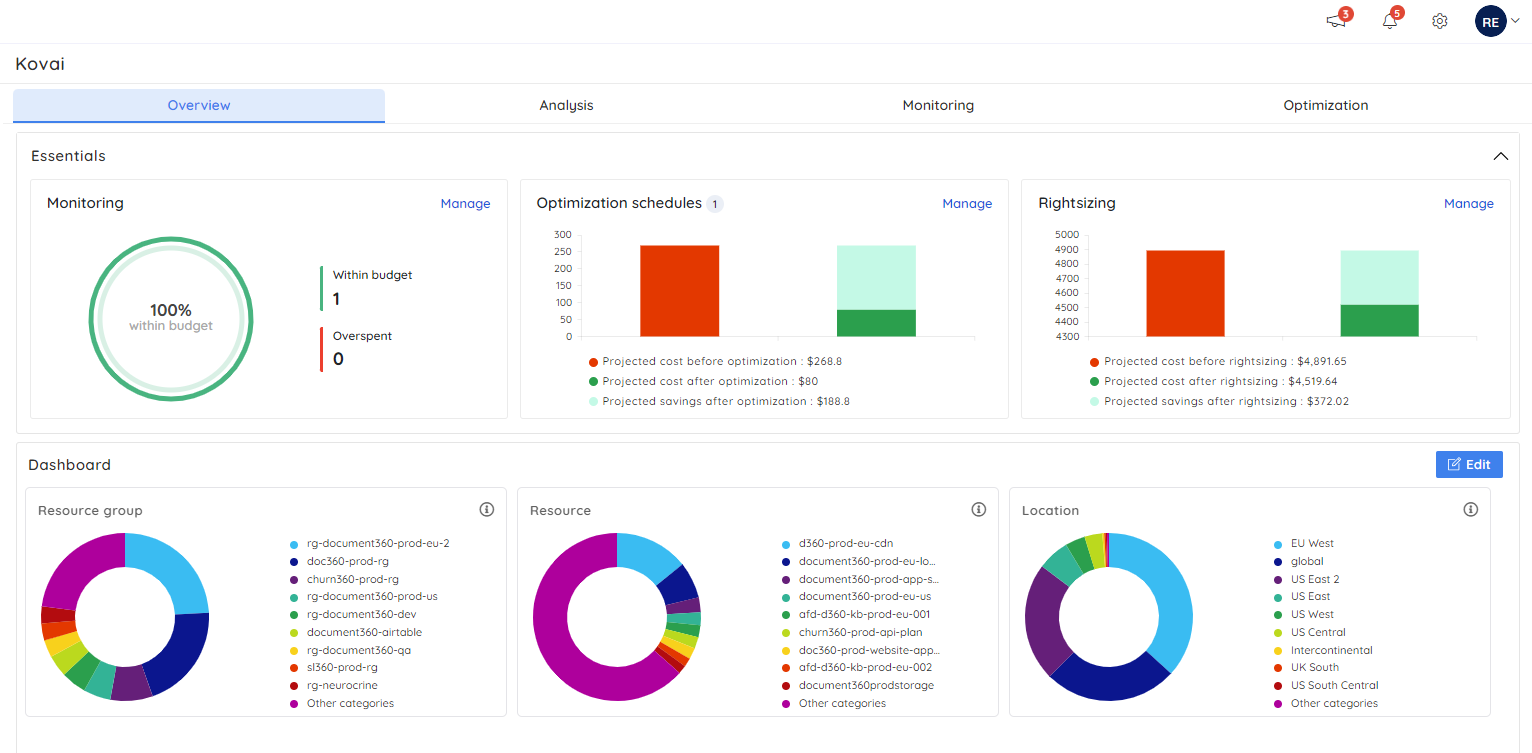
Turbo360 (Formerly Serverless360) Azure cost analyzer is mainly designed to manage, visualize, monitor, and optimize Azure cloud costs, all from one platform.
Features
Below is a more detailed description of Turbo360 Cost Analyzer’s features:
- Cost Visibility: Cost Analyzer provides clear visibility into your Azure spending. It allows one to see the cost spent on various Azure services, resources, and subscriptions.
- Cost Analysis: The tool offers advanced cost analysis features that enable the breaking down of Azure spend by different dimensions, such as resource groups, tags, and time periods. This granularity helps in identifying cost drivers and opportunities for optimization.
- Budgeting and Alerts: Budgets can be set within Azure Cost Management to establish spending thresholds. When the spending approaches or exceeds these limits, the tool sends alerts, helping proactively manage the budget.
- Forecasting: Cost Analyzer provides forecasting capabilities, allowing to prediction of future spending based on historical data. This is essential for long-term planning and budgeting.
- Optimization schedules: Optimization schedules help in automatically scaling down the resources to a lower cost-consuming tier during the down-business hours and scaling up to the higher cost-consuming tier during the up-business hours, thereby reducing the overall cost spent on them. For instance, If the application receives a maximum load of only 10 hours a day during the weekdays, nearly 70% of the cost can be saved by scaling down the resources during down-business hours.
- Recommendations: The tool offers cost-saving recommendations based on Azure usage patterns. These suggestions can help optimize the resources and reduce unnecessary spending. It also provides reservation-based recommendations for Virtual Machines and App Service plans. Purchasing reservations can reduce costs by up to 72 percent compared to pay-as-you-go pricing.
Take advantage of Turbo360 Cost Analyzer’s 15-day free trial to explore the tool’s capabilities.
2. Microsoft Azure cost management
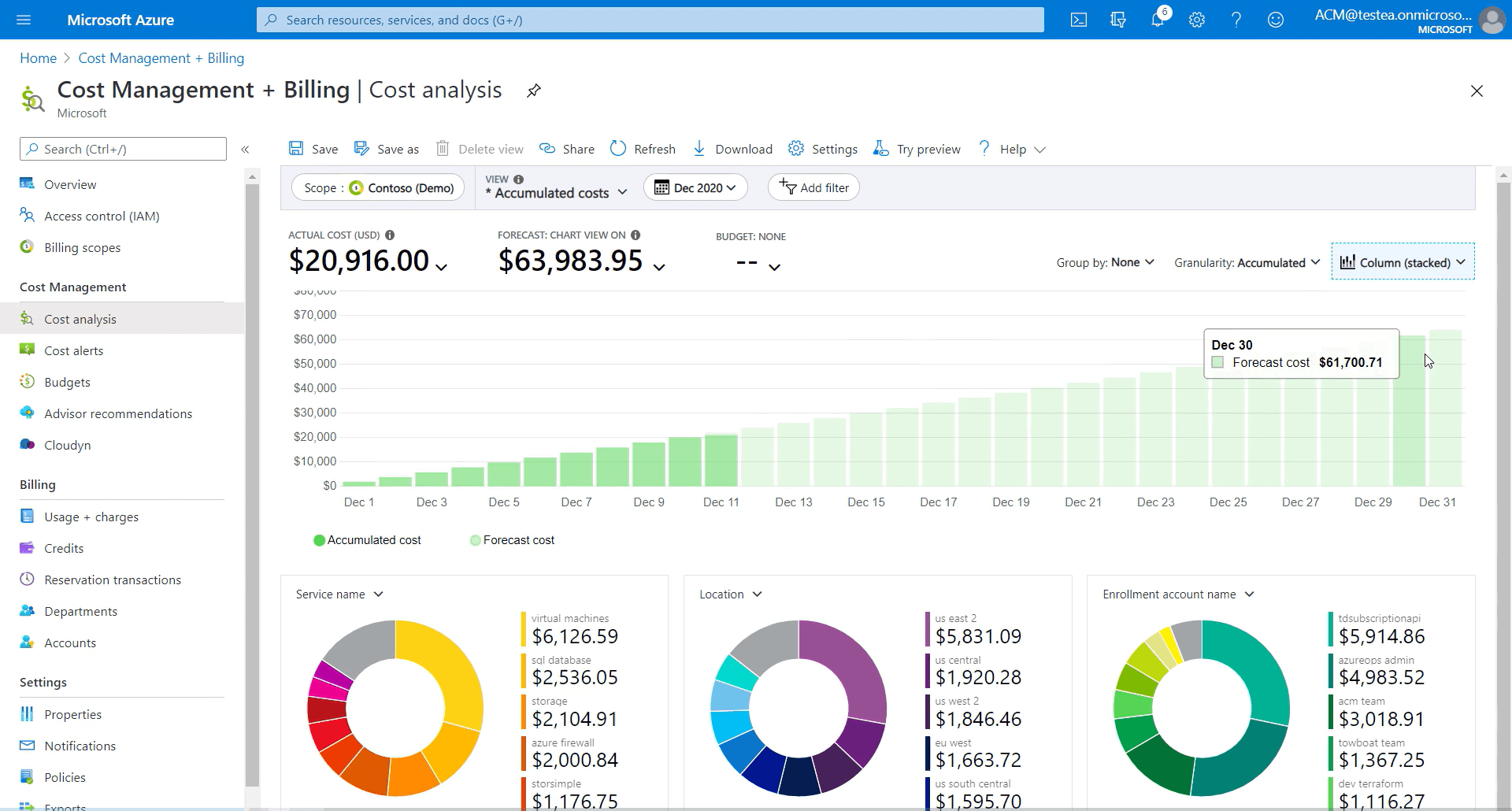
Azure cost management is accessible for free through the Azure portal as part of Microsoft Cost Management. It lists the expenditures for Azure Marketplace purchases and the total cost of the Azure services used.
One can examine previous cloud usage habits to spot spending trends and forecast future expenditures through Azure cost analysis. Additionally, it shows expenditures daily, monthly, or annually, giving information about trends, anomalies, and chances for optimization. Monitoring the cost spent is also possible by creating budgets.
Azure cost recommendations are also available through Azure Advisor.
3. Cloudability
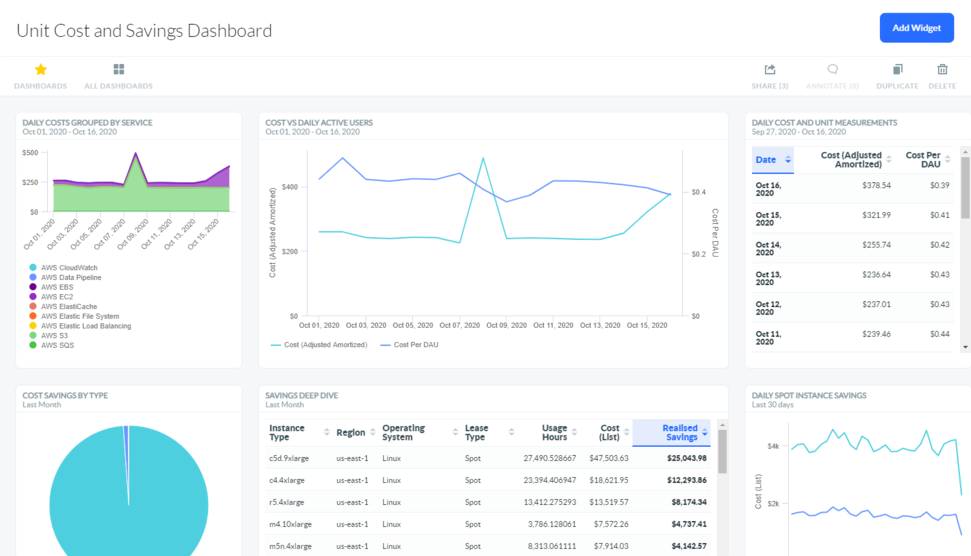
Cloudability is a comprehensive cloud cost management and optimization platform designed for multi-cloud environments, including AWS, Azure, and GCP. It provides a consolidated view of cloud spending, enables accurate cost allocation, offers budgeting and forecasting tools, suggests cost optimization opportunities, and sends real-time alerts.
Key features include custom reporting, usage analysis, compliance tracking, and seamless integration with cloud providers and third-party services. Cloudability helps organizations maintain financial transparency, control cloud costs, and make informed decisions to maximize the benefits of cloud computing. To enhance savings, Cloudability also enables you to locate and delete inactive or idle resources to reduce the unused spent.
4. CloudCheckr
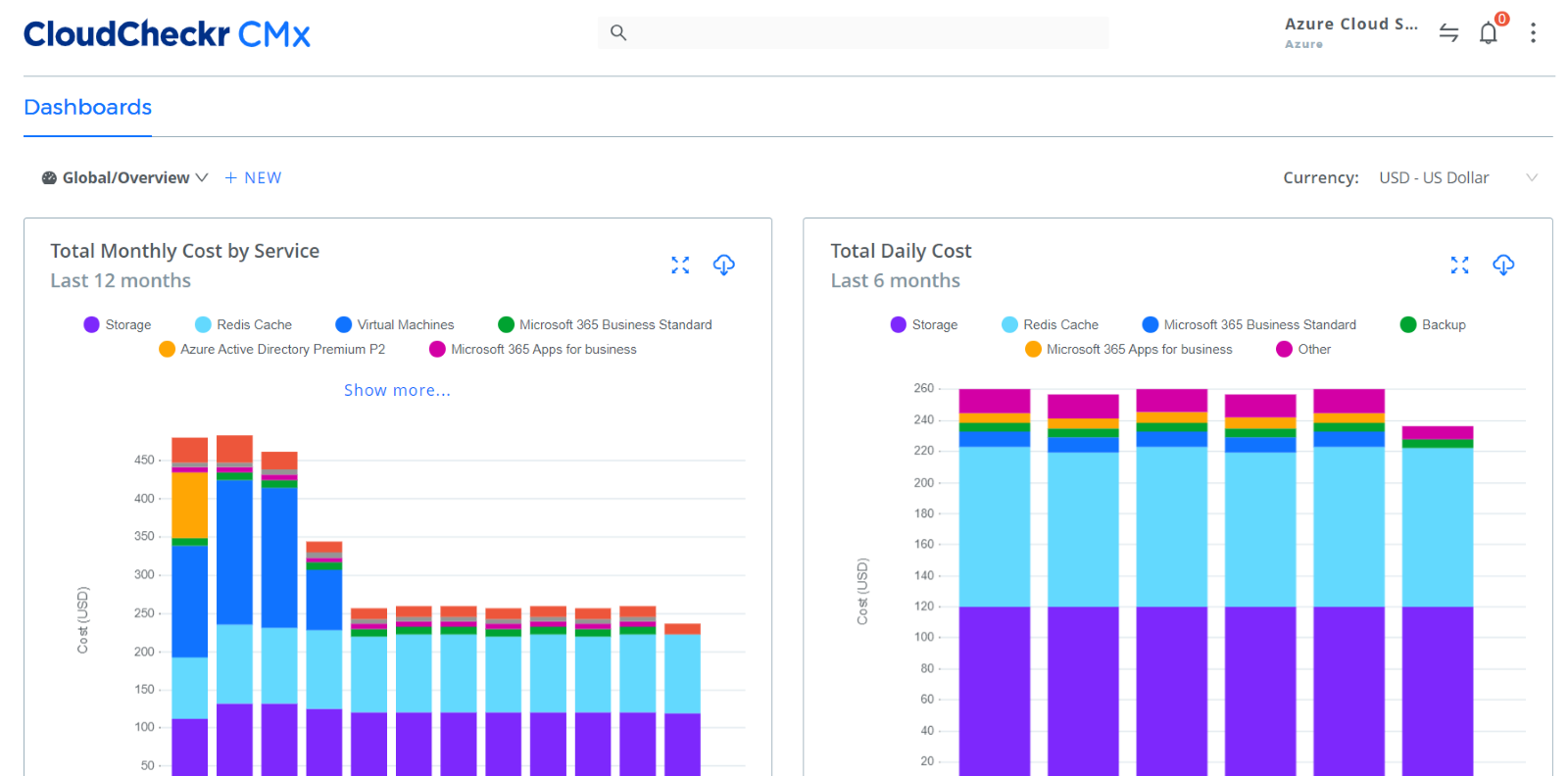
This robust platform offers an array of features to enhance cloud governance, cost management, security, and compliance. One of its key features is cost visibility, providing organizations with detailed insights into their cloud spending. Users can track costs, allocate expenses accurately, set budgets, and forecast future expenditures, allowing for proactive cost management.
CloudCheckr’s cost optimization capabilities include identifying cost-saving opportunities such as underutilized resources, right-sizing instances, and recommending Reserved Instances to reduce expenses.
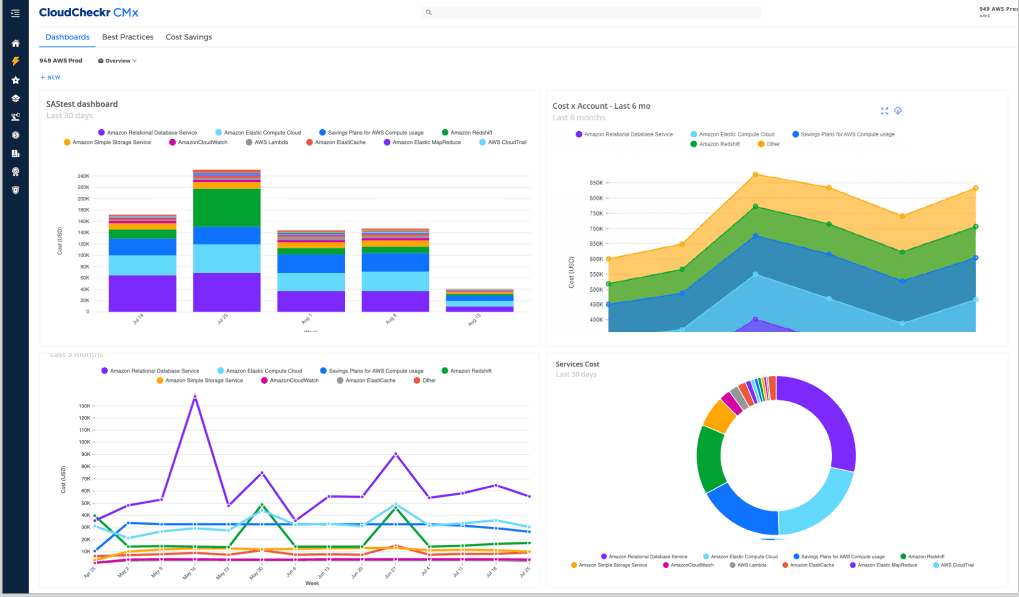
It provides robust security and compliance monitoring, helping organizations identify vulnerabilities, maintain best practices, and adhere to regulatory requirements. CloudCheckr offers automated security checks and generates reports to facilitate swift remediation of issues.
In essence, CloudCheckr is a comprehensive solution that combines cloud cost optimization, security, compliance, and performance monitoring to help organizations maximize the benefits of their cloud investments while ensuring cost efficiency, security, and governance.
5. CloudHealth
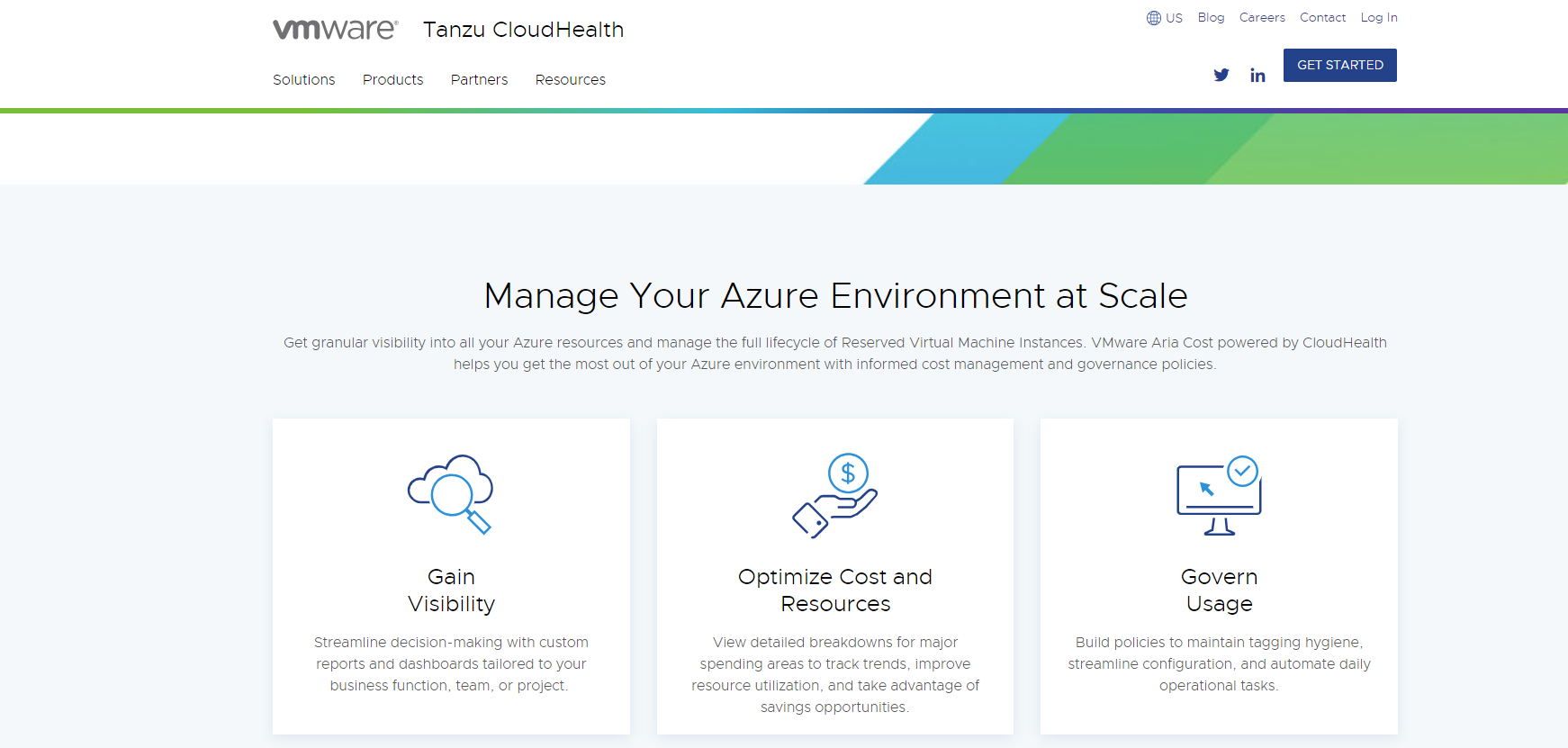
CloudHealth, now part of VMware, is a powerful cloud management platform designed to help organizations effectively manage and optimize their cloud infrastructure across various cloud providers, including AWS, Azure, and Google Cloud Platform. It provides a holistic view of the cloud environment, offering tools for cost management, performance optimization, security monitoring, and compliance management.
The platform also offers recommendations and automation to identify cost-saving opportunities right-size resources, and enhance overall cloud performance. CloudHealth supports multi-cloud and hybrid cloud strategies, making it a valuable solution for businesses operating in diverse cloud environments.
In addition to cost management and optimization, CloudHealth strongly emphasizes security and compliance. It assists organizations in monitoring their cloud infrastructure for security vulnerabilities and ensuring compliance with industry regulations and internal policies.
The platform provides performance monitoring features to track the health and performance of cloud resources and applications, enabling proactive optimization.
6. RightScale – Flexera
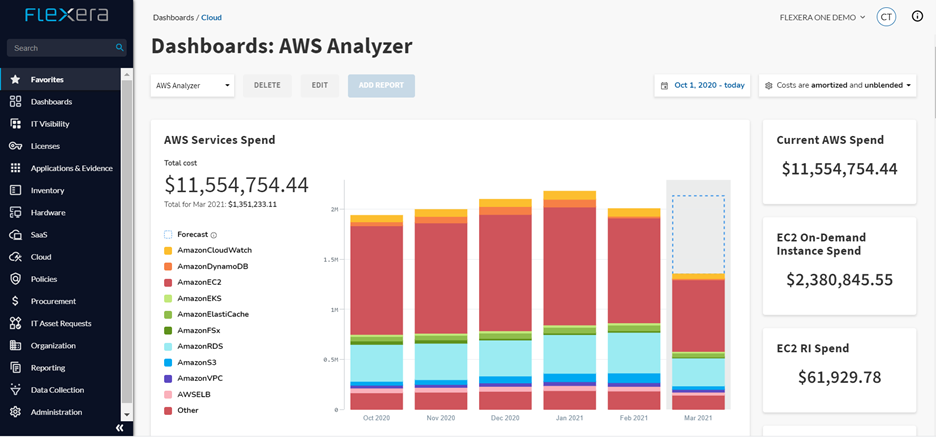
RightScale, now a part of Flexera, offers tools and features that enable businesses to gain better control over their cloud environments, resulting in cost savings, improved governance, and enhanced performance. RightScale’s key strengths lie in its ability to provide a unified view of multi-cloud resources, allowing users to monitor, automate, and optimize cloud workloads.
One of the standout features of RightScale is its support for multi-cloud and hybrid cloud management. It enables organizations to manage resources across cloud providers from a single dashboard, streamlining operations and reducing complexity. By leveraging RightScale (now part of Flexera), organizations can achieve greater cost efficiency, improved cloud governance, and better overall cloud resource management across diverse cloud environments.
7. Cloudzero
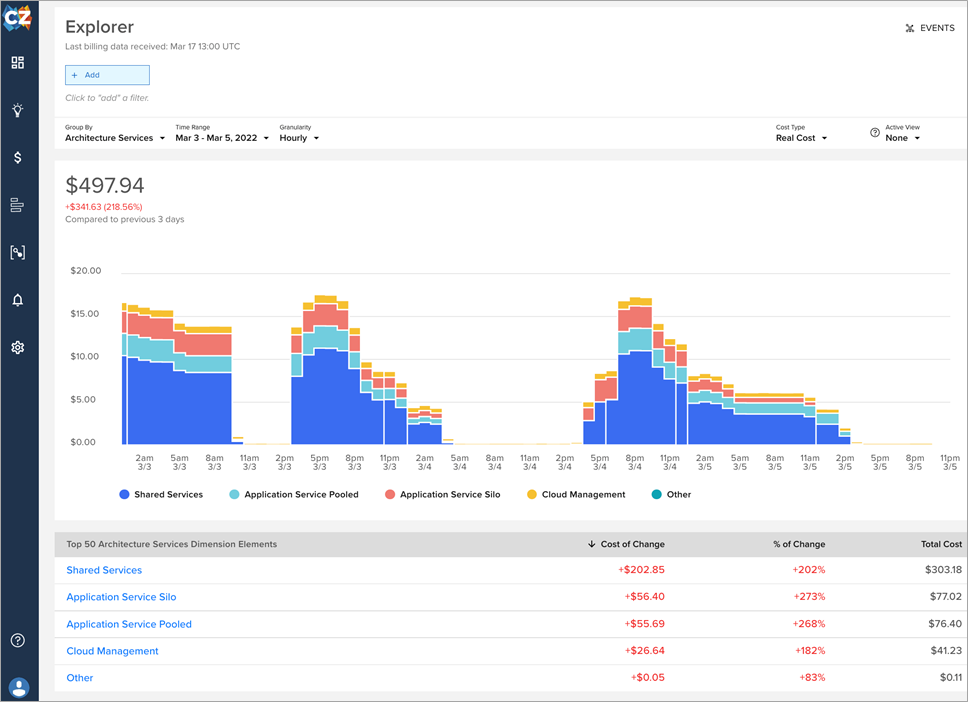
CloudZero is a cloud cost intelligence platform designed to help organizations gain deep insights into their cloud spending. It specializes in providing real-time visibility and actionable analytics to optimize cloud costs effectively. With CloudZero, businesses can track their cloud expenses in real time, allocate costs accurately to different teams or projects, and make data-driven decisions to achieve cost efficiency.
One of the distinguishing features of CloudZero is its focus on granular cost analysis. It goes beyond basic cost tracking by providing detailed insights into how resources and code impact cloud spending. This level of granularity allows organizations to pinpoint areas where cost optimization is most effective, whether it’s optimizing specific services, identifying underutilized resources, or making informed decisions about reserved instances.
8. Virtana Optimize
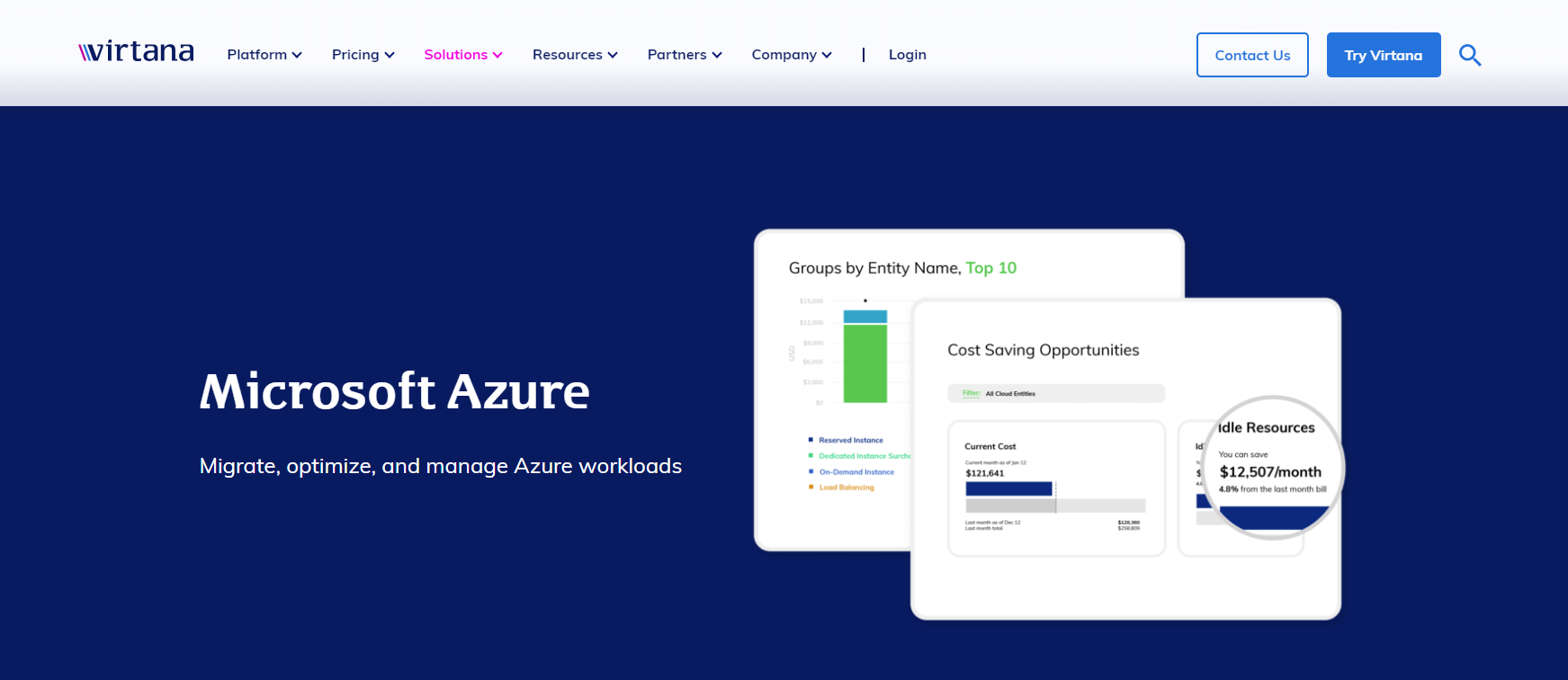
One of the standout features of Virtana Optimize is its ability to provide real-time visibility into cloud costs and usage. Virtana Optimize also offers advanced automation and optimization capabilities, enabling users to set up policies and workflows that automatically adjust resources for cost efficiency and performance improvement.
This platform is particularly valuable for organizations with complex, multi-cloud environments, as it offers a unified view of cost data and optimization insights, helping businesses to balance cost control and cloud performance.
Virtana Optimize is a powerful tool for organizations looking to maximize the value of their cloud investments, reduce unnecessary spending, and optimize resource utilization in their cloud environments.
9. Gorilla stack
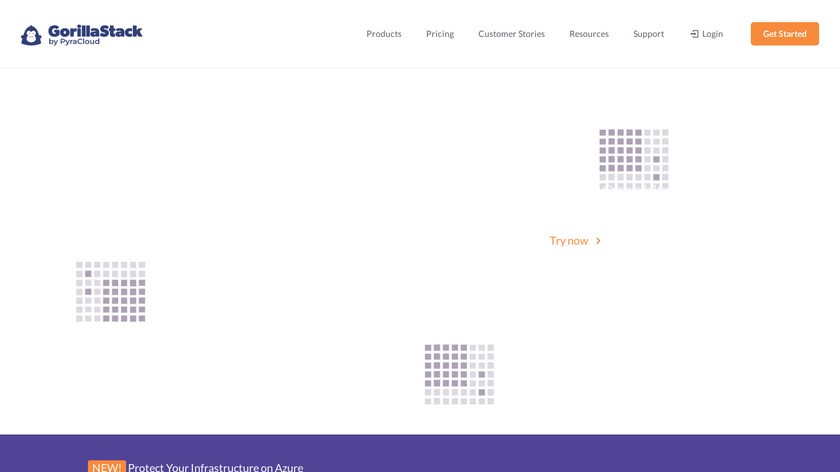
GorillaStack’s focus on Azure makes it a valuable solution for businesses looking to harness the full potential of their Azure cloud environment while maintaining cost control and robust security. It allows users to set up cost-saving policies and automation rules that adjust resource provisioning based on predefined conditions.
This proactive approach to cost management ensures that organizations only pay for the resources they need, ultimately reducing overall Azure expenses.
It also detects idle resources and allows the stopping and scaling of resources automatically to reduce the unwanted Azure spent without any code.
10. ParkMyCloud
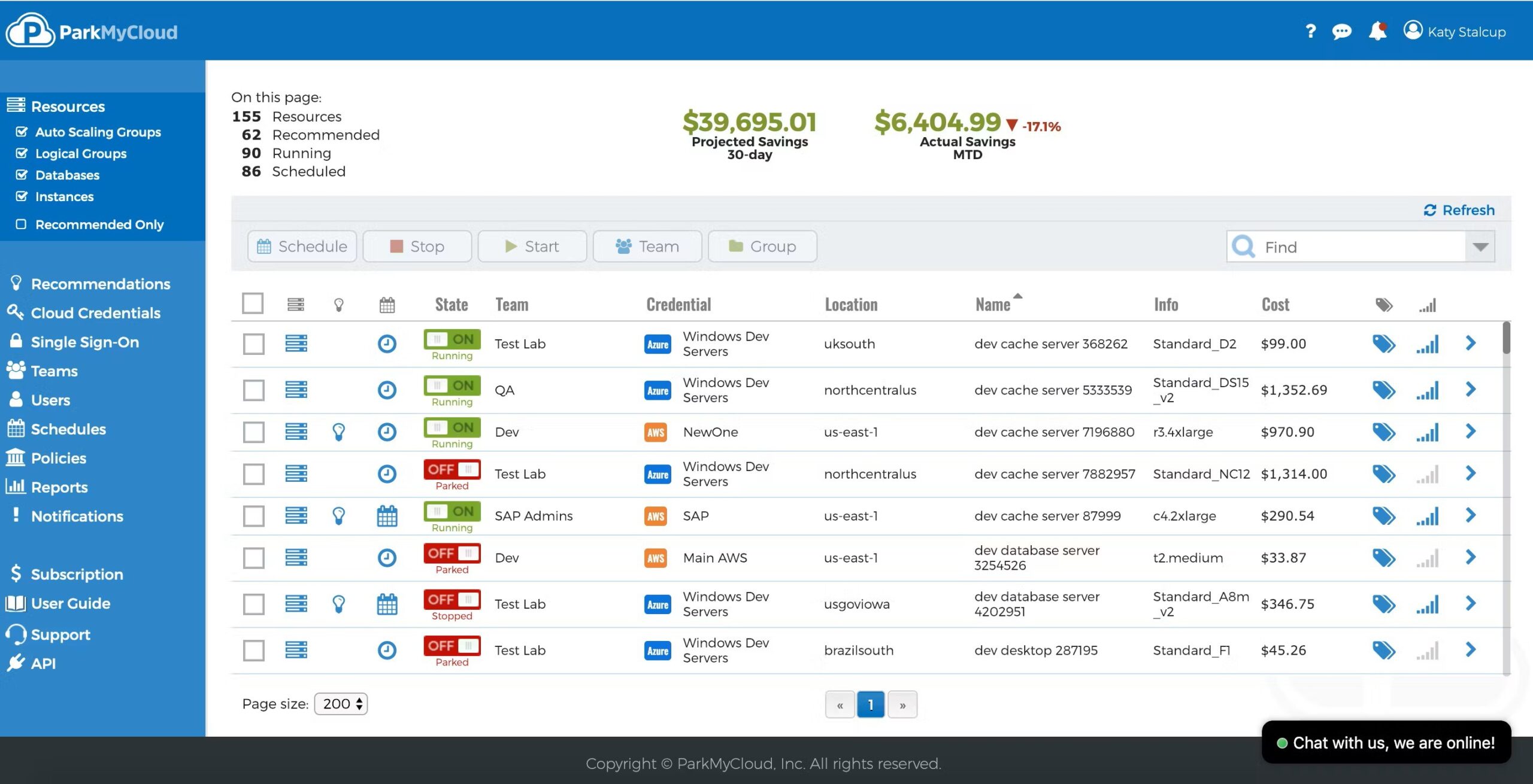
ParkMyCloud is a cloud management platform that specializes in cost optimization by automating the scheduling of cloud resources to minimize wasted spending. It offers a user-friendly interface that allows organizations to easily manage their cloud infrastructure in Amazon Web Services (AWS), Microsoft Azure, and Google Cloud Platform (GCP).
One of its core features is the ability to schedule non-production cloud resources’ start and stop times, such as development and testing environments, ensuring that they are only active when needed. This automation leads to significant cost savings by eliminating the costs associated with idle resources.
Another notable feature of ParkMyCloud is its policy engine, which allows organizations to set rules for resource scheduling. This makes it easy to enforce best practices and governance policies for cloud usage within an organization. ParkMyCloud is a valuable tool for businesses seeking to optimize their cloud costs without compromising on productivity or performance.
11. Harness
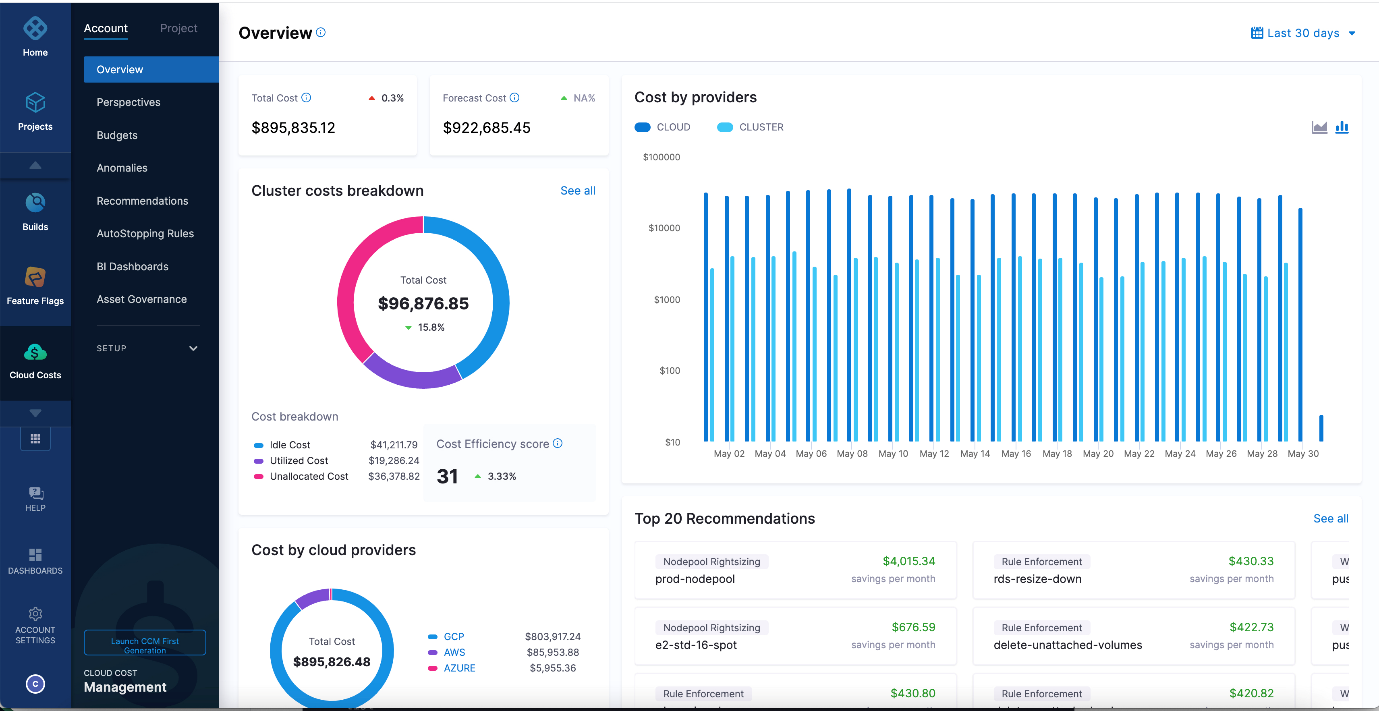
Harness is primarily known as a Continuous Delivery and Release Automation platform that specializes in enabling organizations to deliver software faster and with higher quality. While it’s not a dedicated cloud cost management tool, Harness indirectly plays a crucial role in cloud cost optimization.
Additionally, Harness can integrate with cloud providers like AWS, Azure, and Google Cloud, enabling organizations to automate resource provisioning and de-provisioning based on application needs. This dynamic resource allocation can help optimize cloud costs by ensuring that resources are only provisioned when required and are scaled down during idle periods.
12. Densify
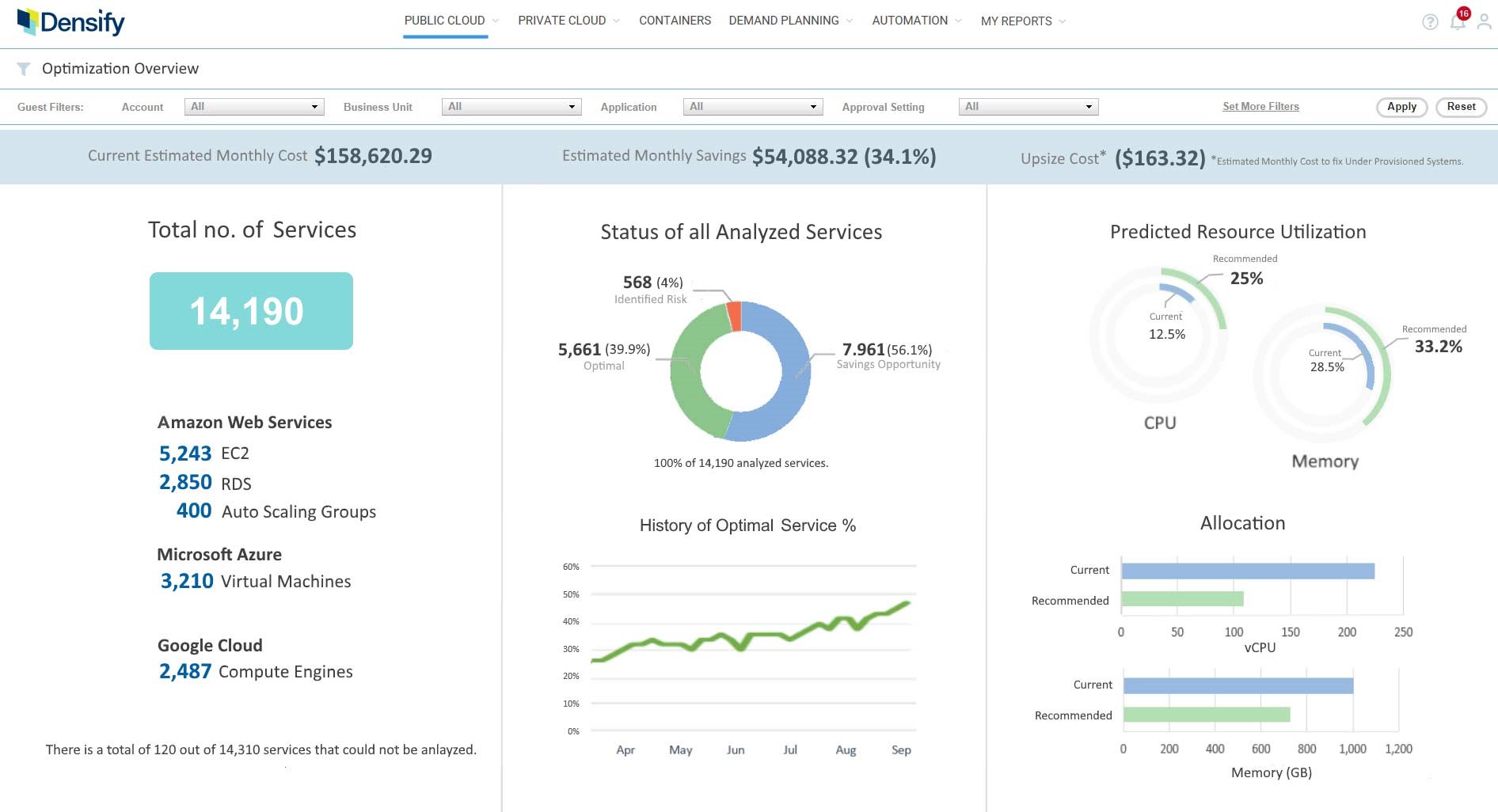
One of Densify’s core features is its machine learning-driven analytics engine, which continuously analyzes resource utilization patterns and performance metrics. This granular insight allows organizations to identify over-provisioned, underutilized, or inefficiently configured resources.
Densify then provides actionable recommendations to optimize resource allocations, which can result in significant cost savings while maintaining or even improving application performance. Moreover, Densify automates resource management by implementing the recommended changes, ensuring that cloud resources are continuously aligned with application needs, critical for cost control in the dynamic cloud environment.
In summary, Densify is a powerful tool for organizations looking to optimize their cloud costs while maintaining optimal performance. Its combination of advanced analytics and automation empowers businesses to make informed decisions and implement resource optimizations to achieve cost-efficiency and agility in their cloud environments.
13. Granulate
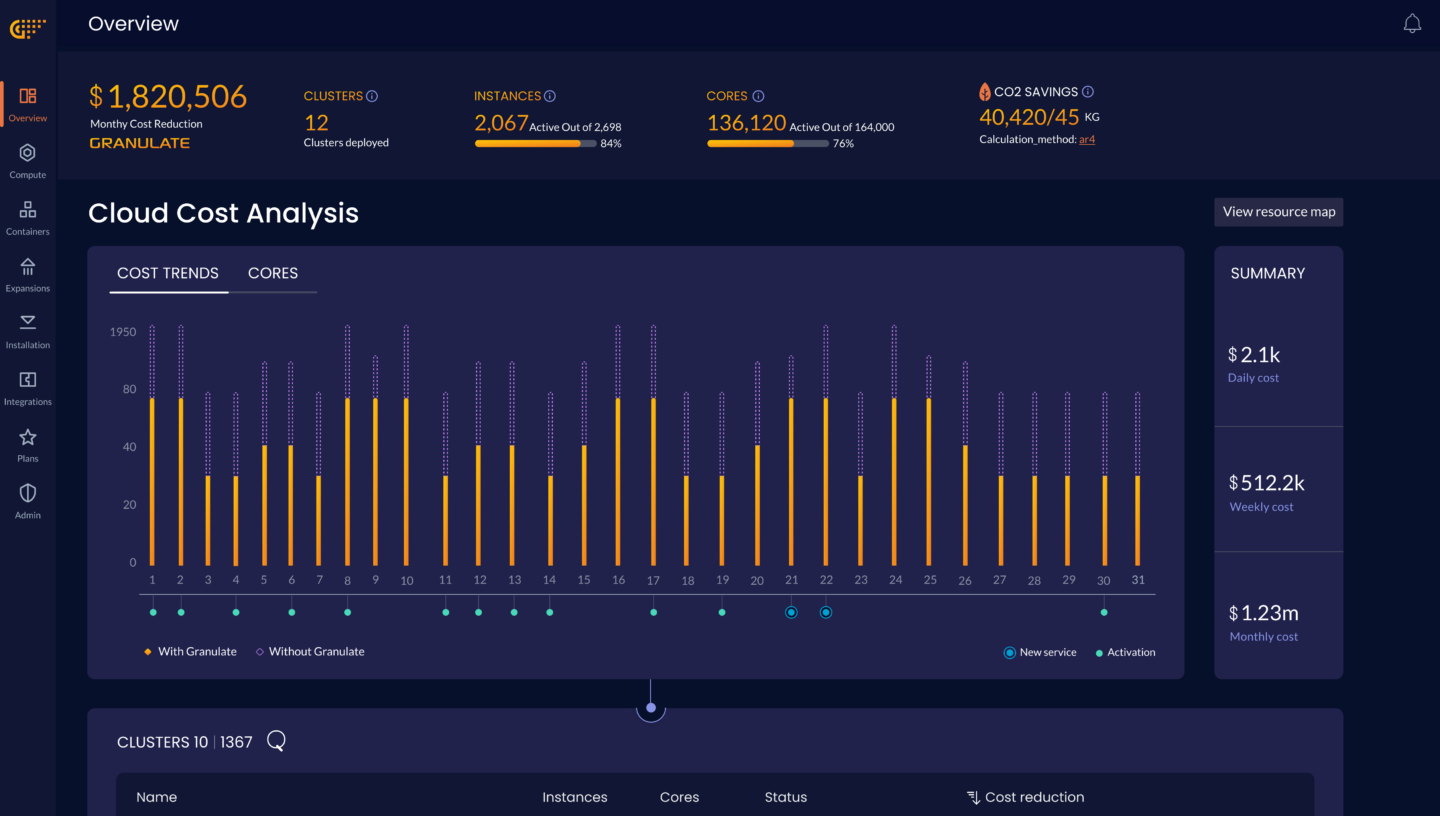
One of Granulate’s standout features is its autonomous optimization capability, which allows it to identify performance bottlenecks and inefficiencies in real time. By making automatic adjustments to resource allocation and workload configurations, Granulate ensures that applications are consistently performing at their best while optimizing the utilization of cloud resources.
This fine-grained and automated approach to workload optimization enhances application performance and leads to substantial cost reductions, making it an invaluable tool for organizations looking to maximize the efficiency of their Azure cloud environments.
Granulate’s unique approach to autonomous workload optimization aligns well with the goal of achieving Azure cost optimization by minimizing resource waste and ensuring optimal application performance.
14. BMC Helix Cloud Cost
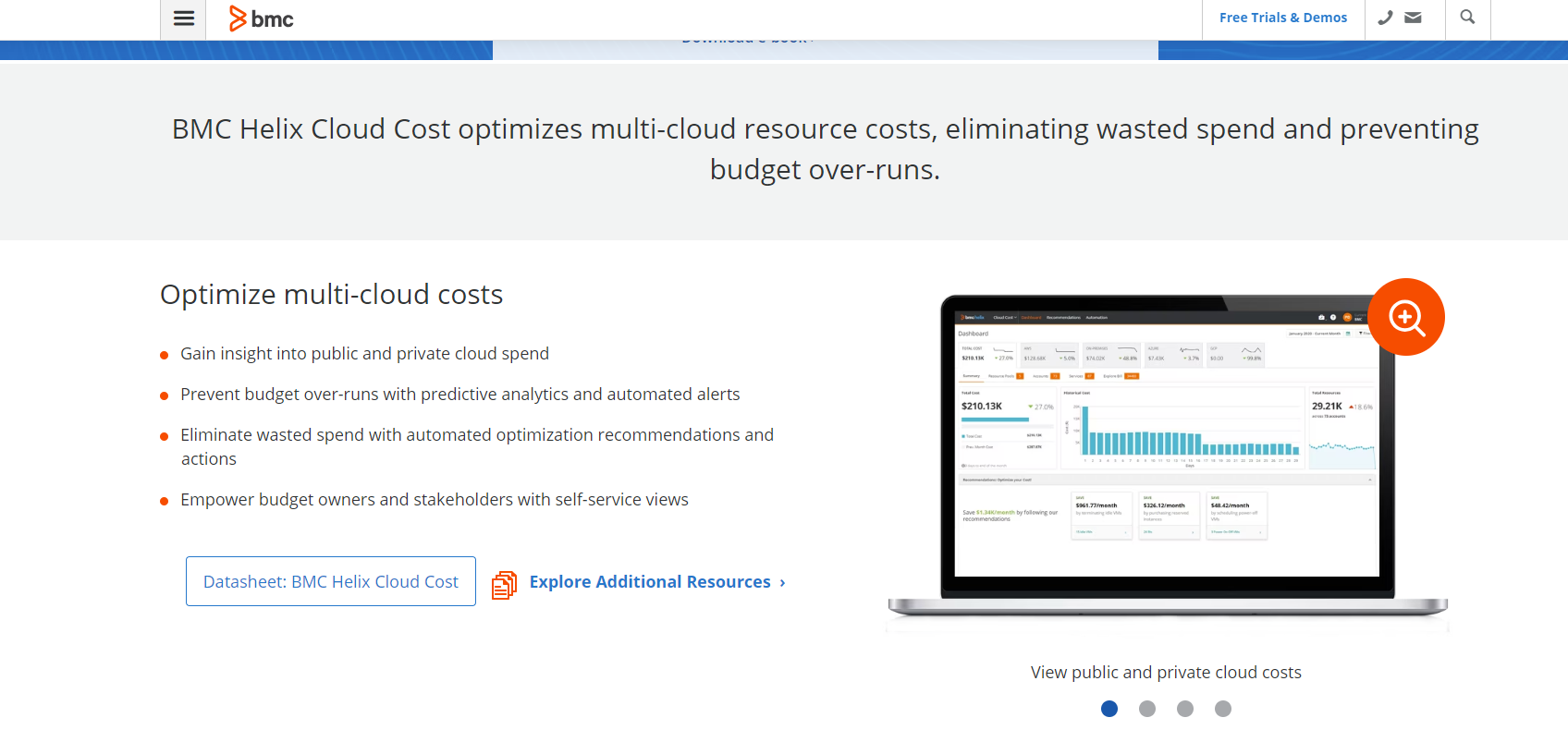
The BMC Helix Cloud Cost service offers consolidated cost management for private, public, and on-premises environments within a unified platform. Accessible through the BMC Helix Portal via a supported web browser, the platform leverages predictive analytics, automated alerts for cost anomalies, and optimization suggestions to proactively prevent unexpected IT cost overruns.
Furthermore, it provides the capability to identify and deactivate idle resources in Azure, optimize resource sizes according to your computing requirements, and automate various optimization processes.
15. Looker – Google Cloud integration for Azure billing data
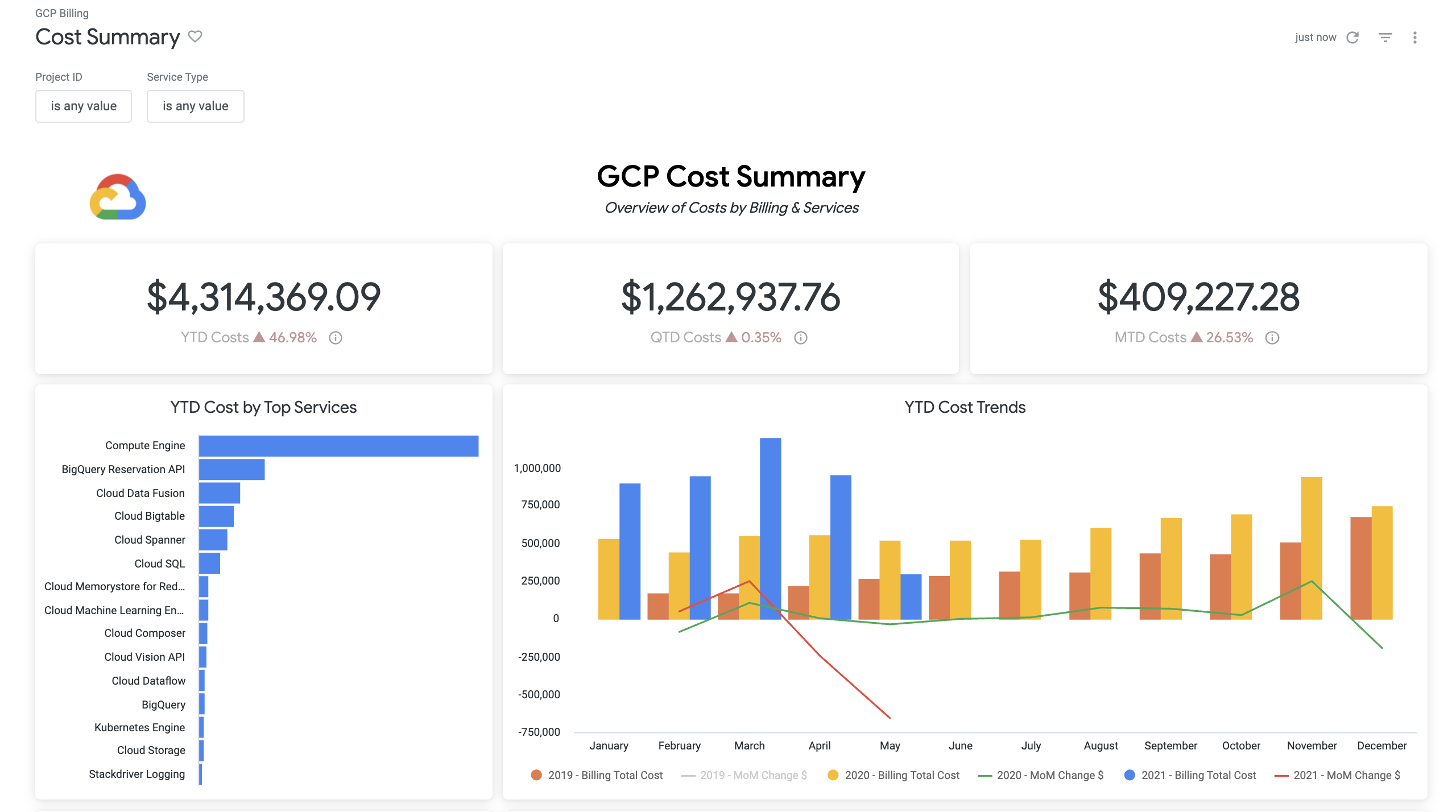
As an Azure billing solution, Looker offers visibility into Azure service costs and utilization. It generates detailed cost reports that can be segmented by various factors like product type, region, or user identity, improving the accuracy of cost allocation. Additionally, it provides insights into specific details like operating system, tenancy, and procurement method (on-demand, reserved, or spot).
The Looker Block focuses on three primary cost-saving strategies in Azure: optimizing reserved instances usage, reducing data transfer costs, and customizing expense allocation.
16. Cast
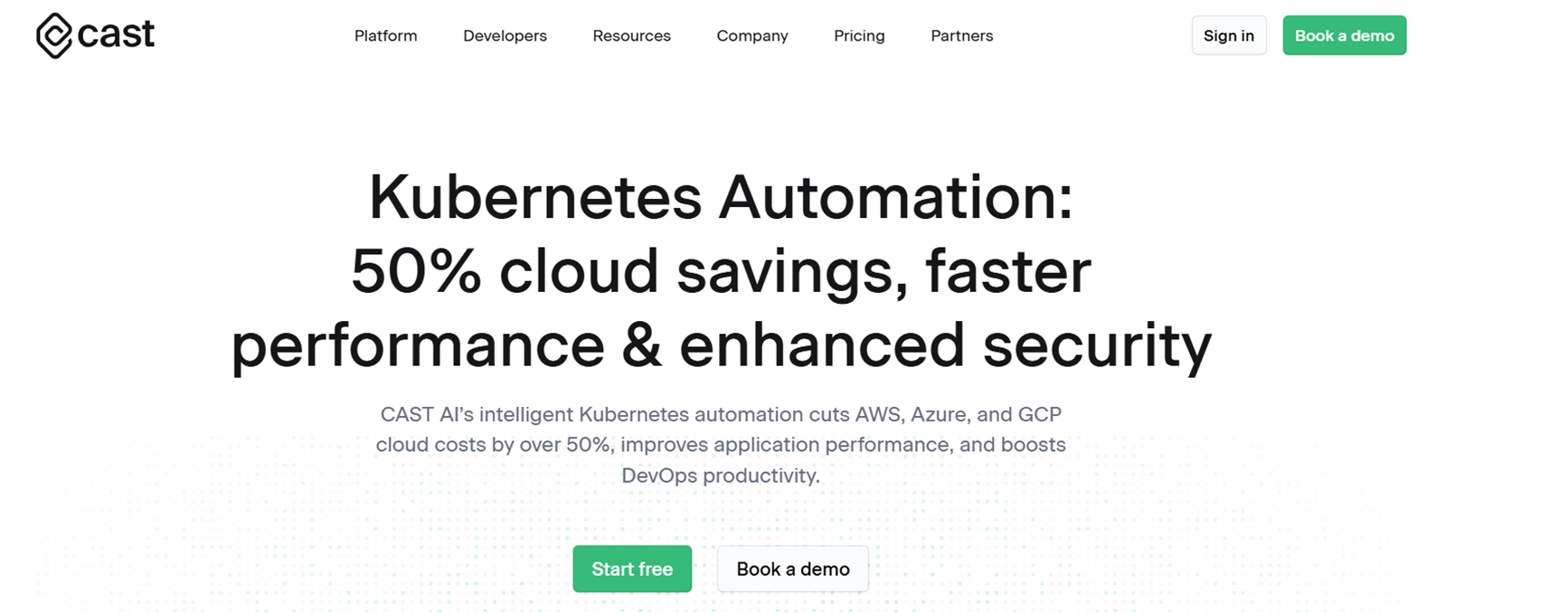
Cast is an intelligent Kubernetes automation tool that gives organizations a clear view of their cloud spending across providers. It offers budget tracking, cost breakdowns, and recommendations to help teams cut down on waste. Cast simplifies the process of analyzing where costs are accumulating, making it easy to spot areas for savings and ensuring resources are allocated efficiently.
17.BMC Helix Cloud Cost
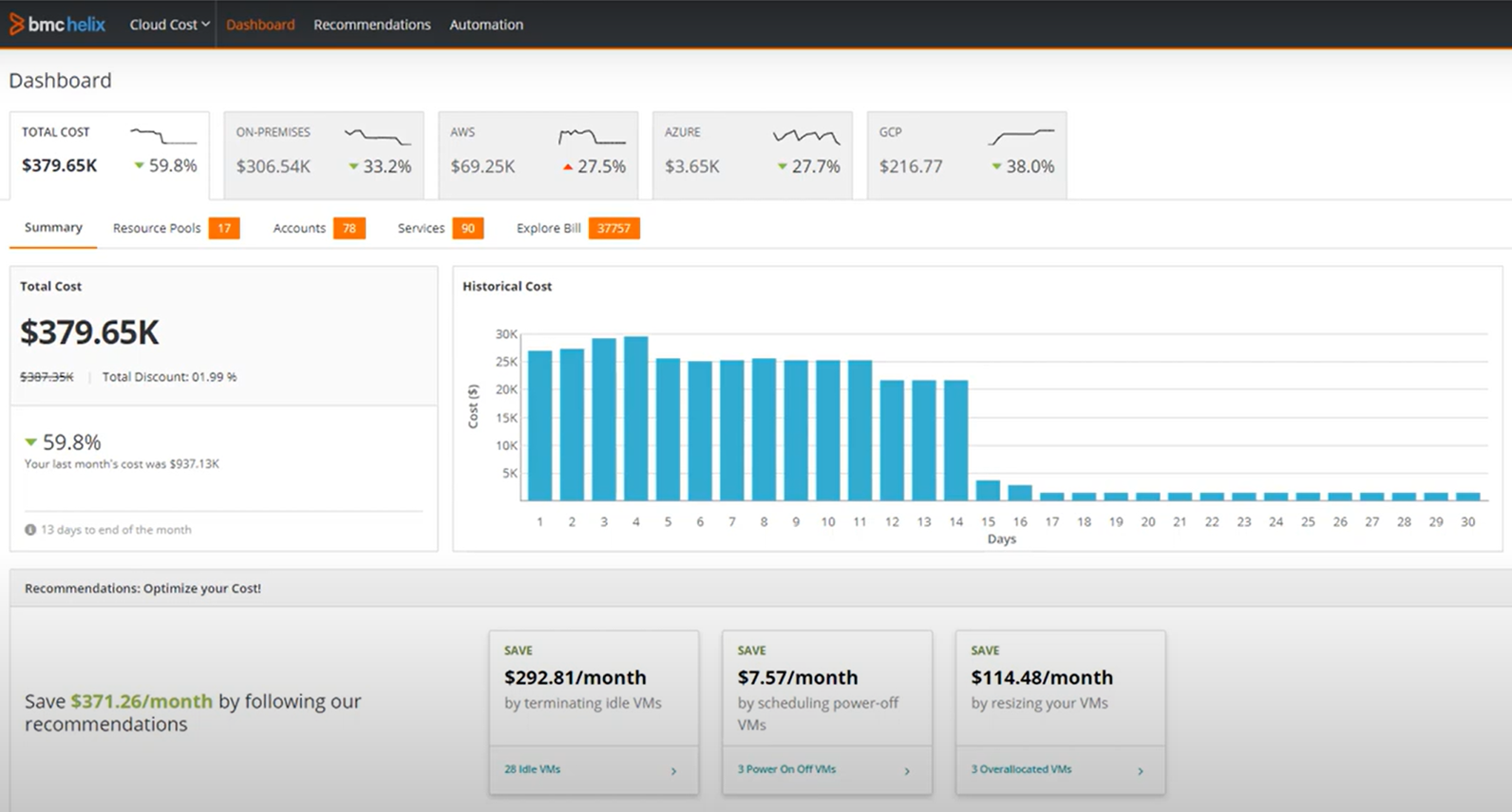
BMC Helix Cloud Cost provides powerful insights into multi-cloud spending, helping companies keep cloud expenses in check. With its cost optimization features and predictive analytics, it assists teams in planning budgets and avoiding overspending. BMC Helix’s AI-driven insights helps teams to make proactive cost-saving decisions and streamline cloud expenses.
18. Snyk
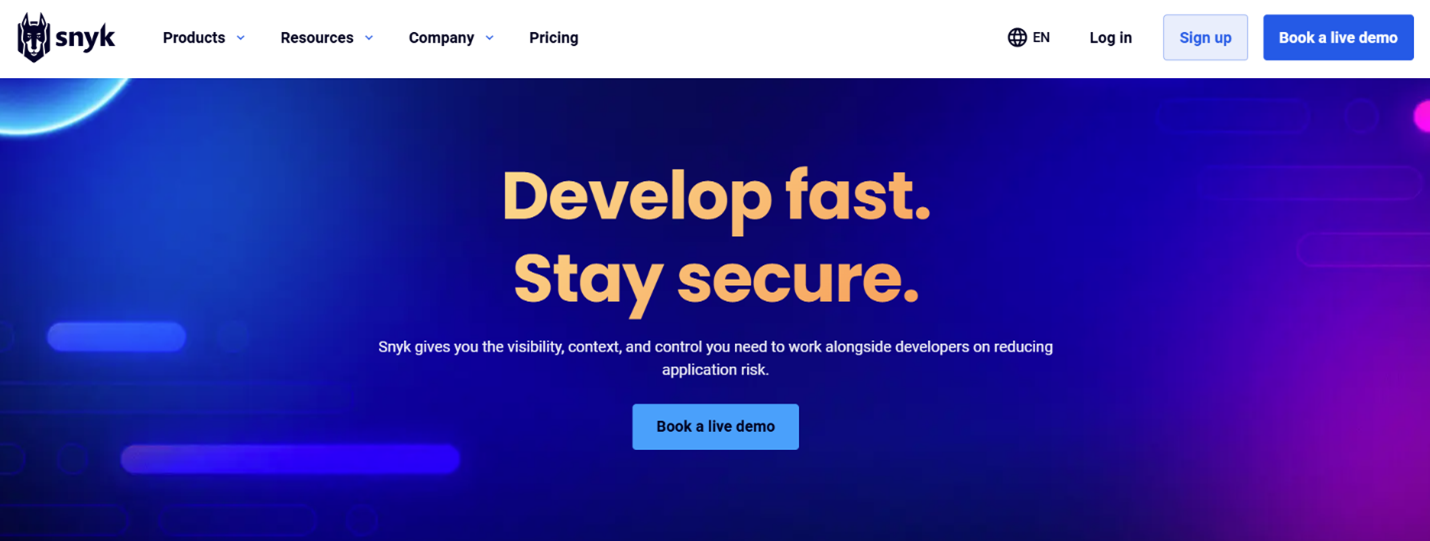
While primarily a security tool, Snyk offers cost-effective solutions for securing cloud-native environments. By focusing on vulnerabilities early in development, Snyk claims to reduce the hidden costs of security breaches and compliance issues. Its cloud-focused approach helps organizations avoid costly risks while staying compliant.
19. Kubecost
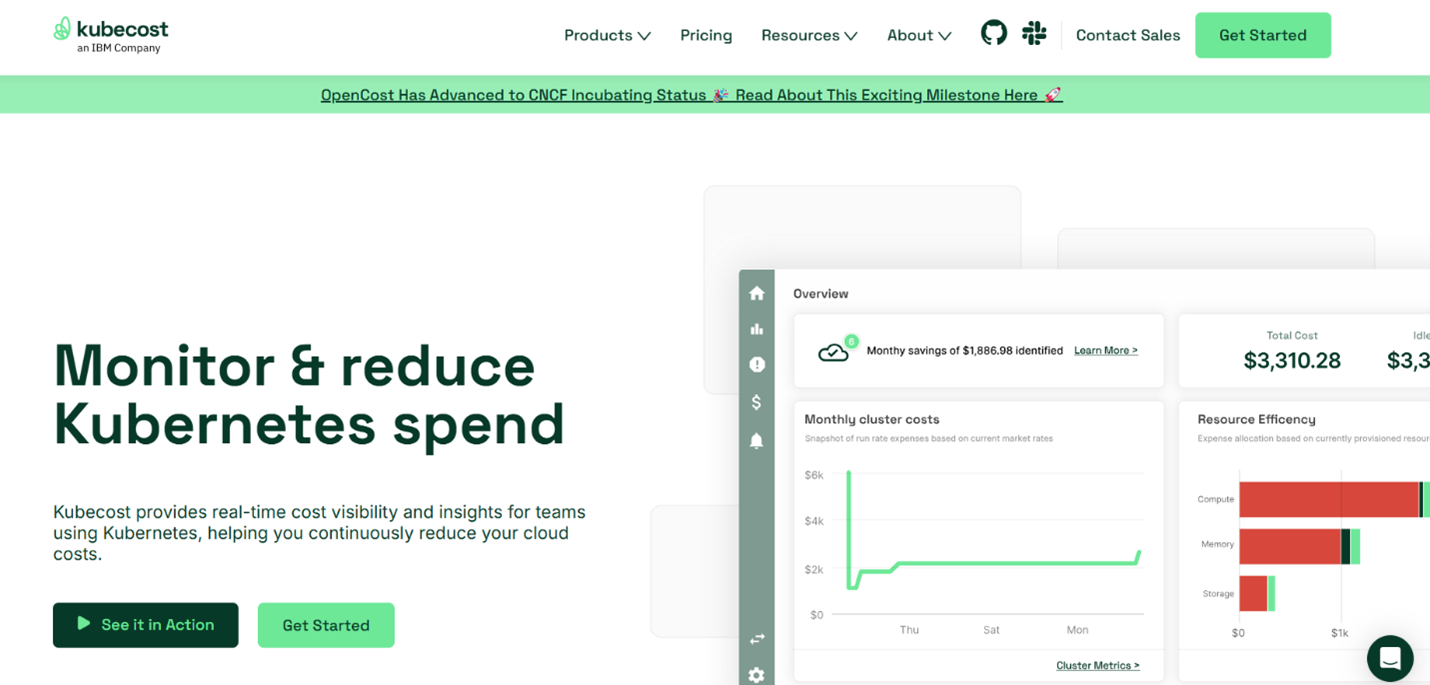
Kubecost specializes in cost management for Kubernetes environments, giving teams visibility into container-based costs. It allows users to allocate spending by team, project, or cluster and provides real-time insights on where to optimize. This tool is ideal for companies heavily invested in Kubernetes, helping them control costs while scaling.
20. FinOut
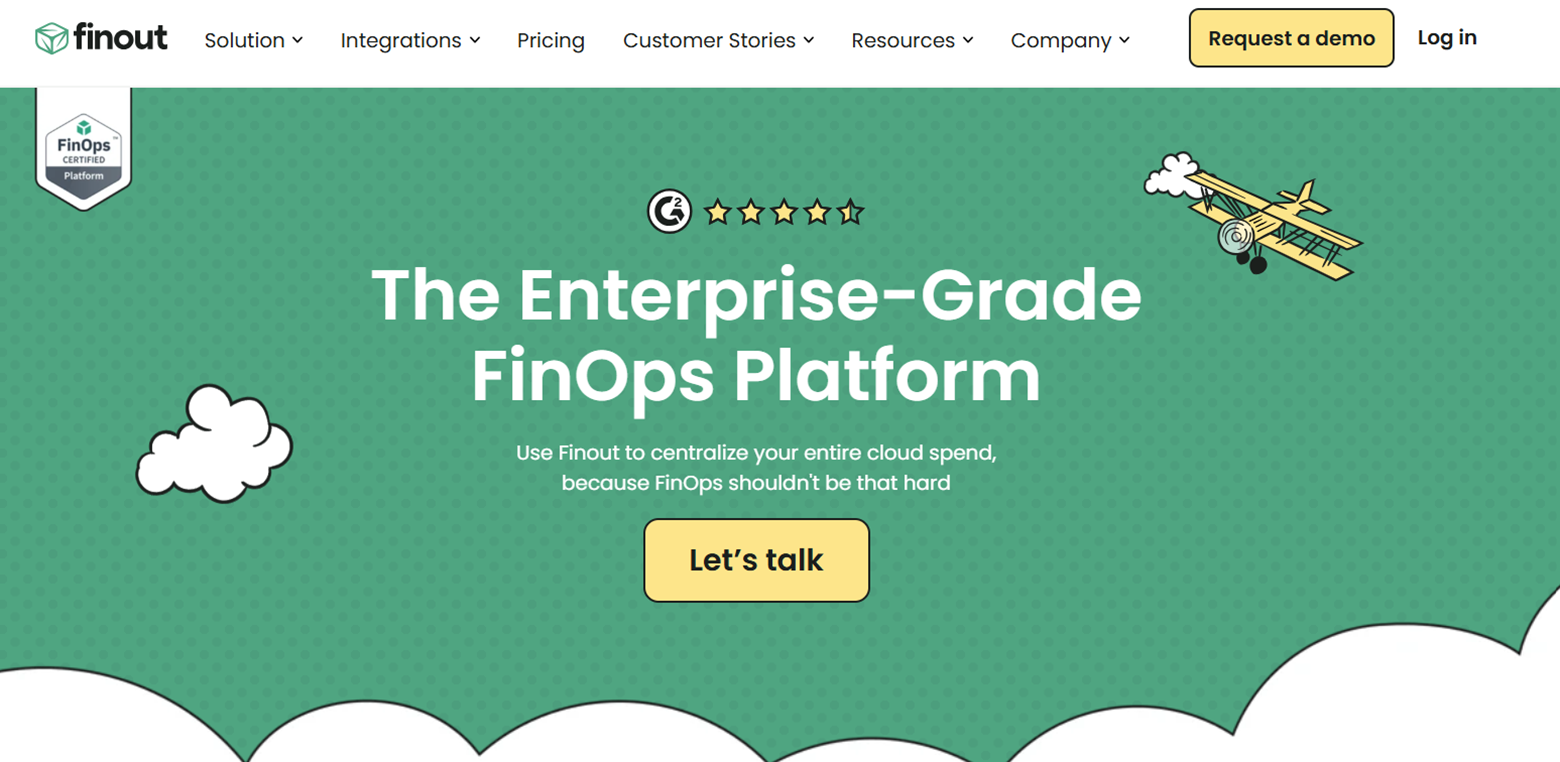
FinOut brings a fresh approach to cloud cost management with its unified view across all SaaS and cloud services. It integrates with billing systems and has in built analytics, so companies get full transparency on their cloud expenses. FinOut makes it easy to allocate budgets, set spending limits, and optimize cloud investments.
21. Anodot
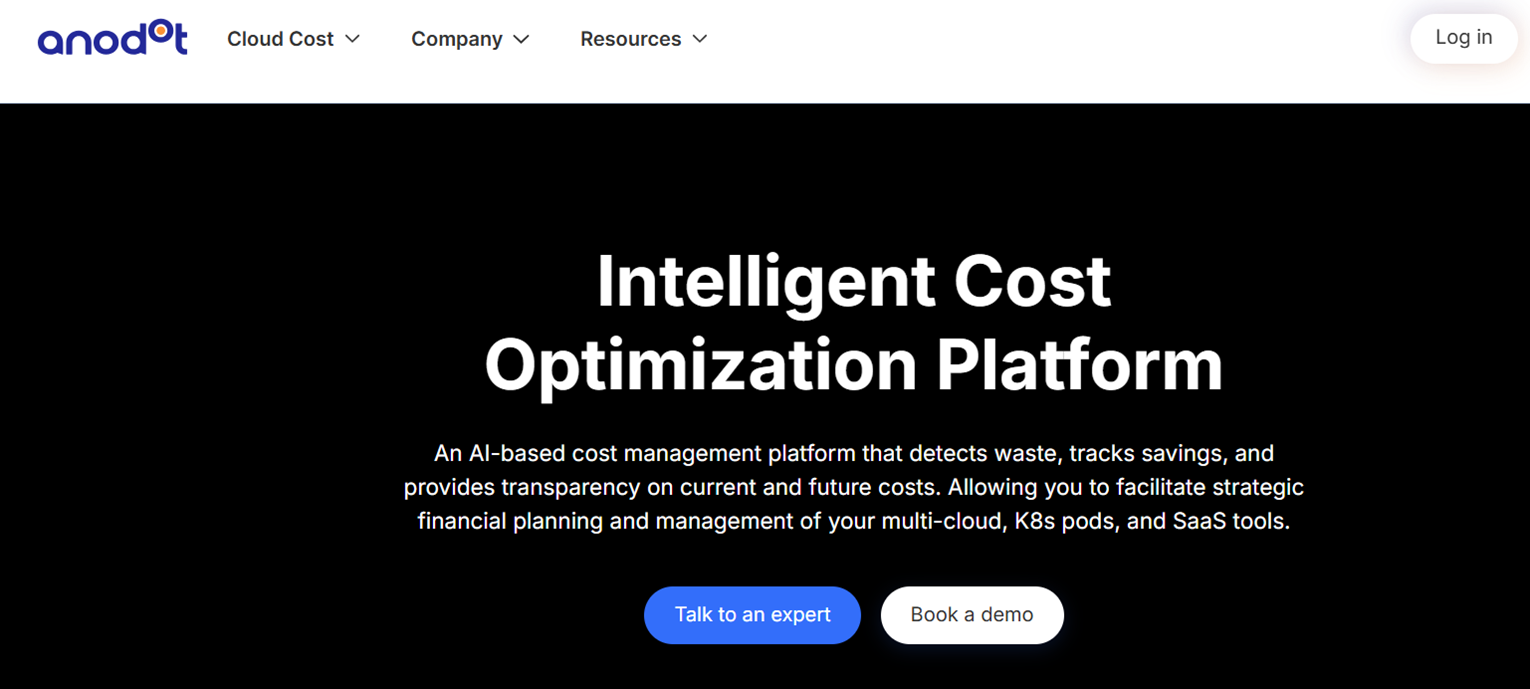
Anodot leverages machine learning to help businesses manage cloud costs through anomaly detection. It provides real-time alerts on unusual spending patterns, helping prevent costly surprises. Anodot’s predictive insights allow organizations to optimize cloud resources and keep expenses in check with less manual monitoring.\
22. CloudBolt
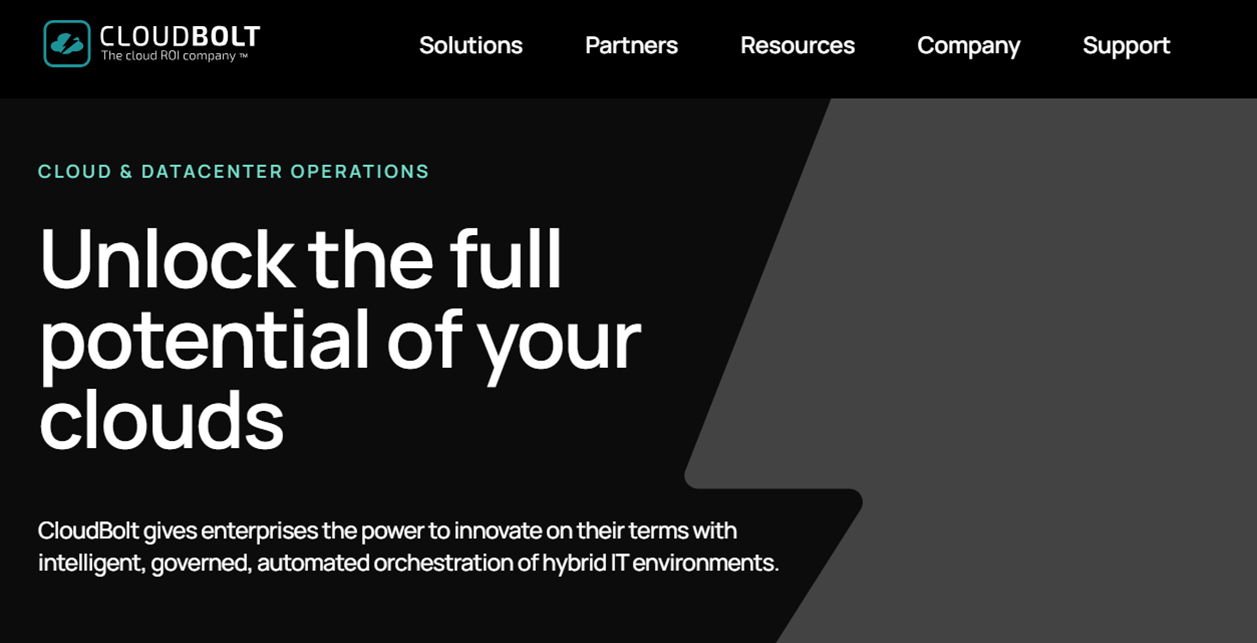
CloudBolt is a comprehensive cloud management platform that includes cost management features for multi-cloud environments. It allows organizations to track spending across clouds, optimize resources, and set budgets to avoid overruns. CloudBolt’s tools make it easy for teams to manage and control their cloud spend, especially in complex multi-cloud setups.
23.New Relic
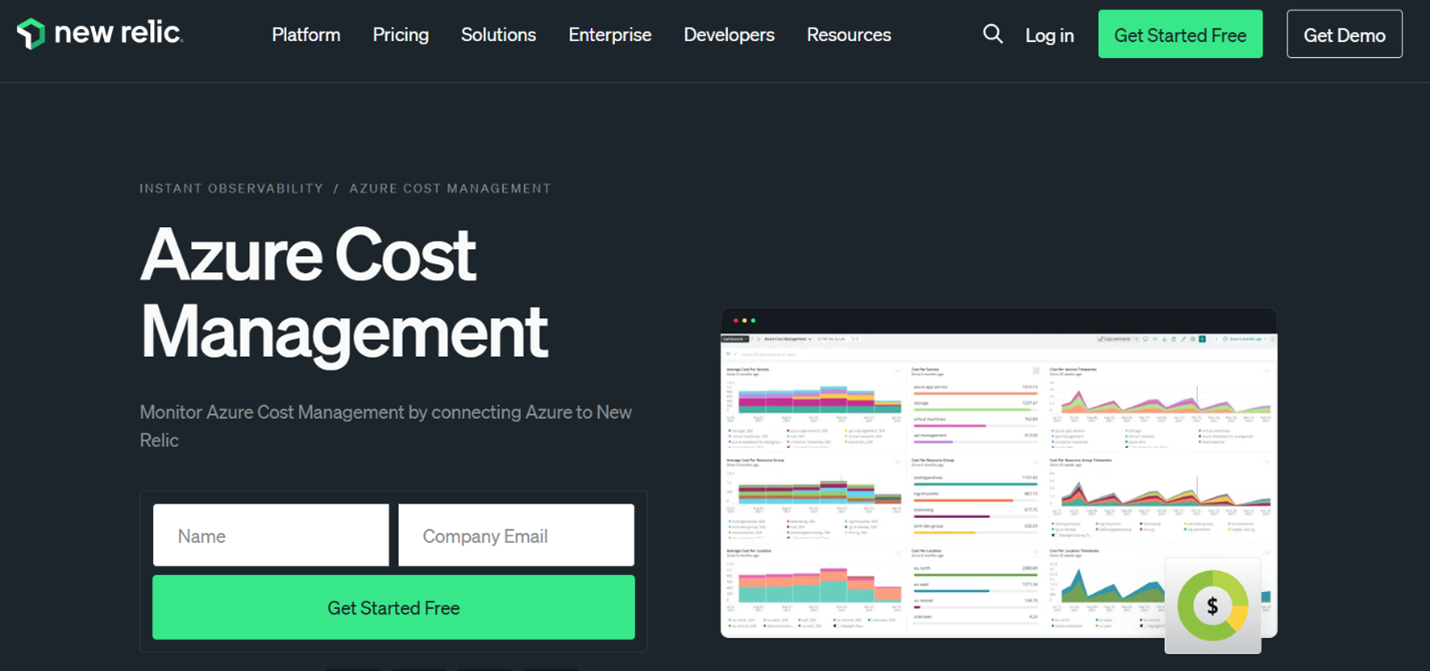
New Relic offers cloud cost management insights as part of its observability suite, focusing on resource efficiency in cloud environments. It provides visibility into cloud spend and helps teams identify underutilized resources. New Relic’s monitoring capabilities allow teams to make informed decisions about cloud cost optimization.
24. Datadog
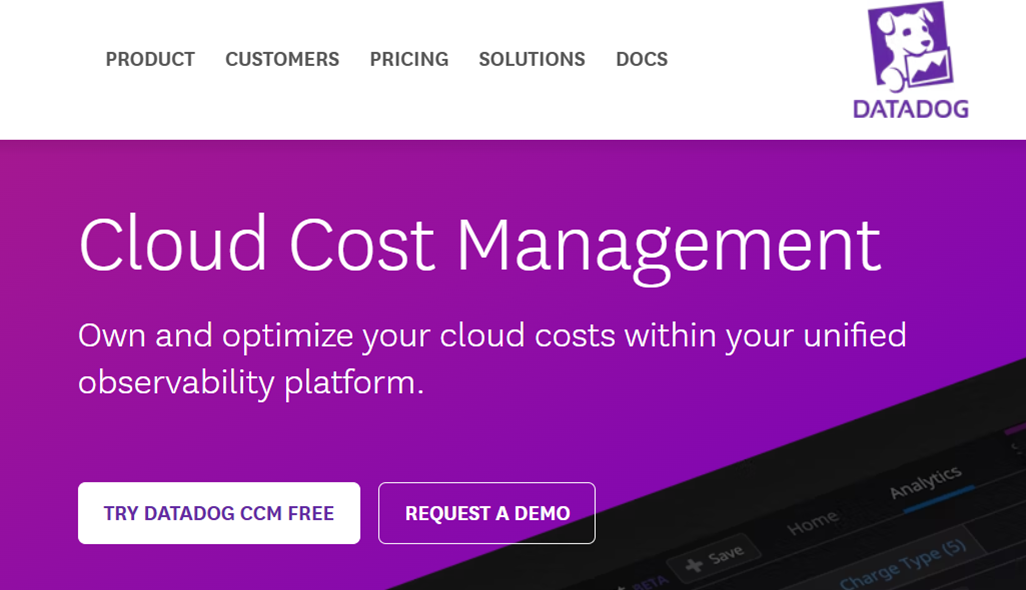
Datadog’s cost management features help organizations track and optimize spending in real-time. Integrated with its monitoring and analytics tools, Datadog provides visibility into cloud resource usage, helping teams understand where costs are accumulating. This enables companies to make smarter financial decisions and streamline cloud costs efficiently.
Conclusion
In the ever-evolving landscape of cloud computing, managing costs in Azure has become paramount for organizations seeking to leverage the full potential of this powerful platform. While Azure offers its native cost management tools, the complexity and scale of modern cloud deployments often demand more robust solutions. That’s where third-party Azure cost management tools shine.
From Turbo360’s comprehensive cost analysis & optimization recommendations to CloudCheckr’s expertise in security and compliance, and Cloudability’s advanced budgeting and reporting, these third-party tools bring a wealth of features to the table. They empower businesses to optimize cloud spending, allocate expenses accurately, and enforce governance and compliance policies.





